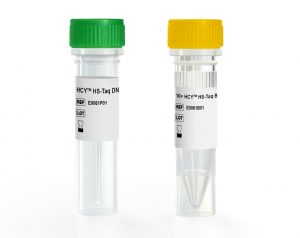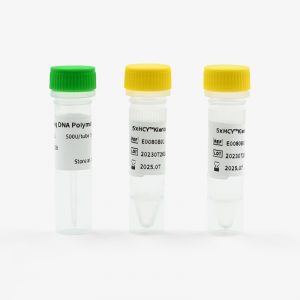What are the steps required for PCR extraction?
PCR (Polymerase Chain Reaction) is a technique used to amplify DNA sequences. The process itself is called PCR amplification rather than extraction, but it often involves initial DNA extraction from cells or tissues. Here are the general steps for PCR:
1. DNA Extraction
Before PCR, you need to extract DNA from the cells. This involves several steps:
a. Sample Collection
- Collect cells or tissues from the source (e.g., blood, saliva, tissue biopsy).
b. Cell Lysis
- Break open the cells to release the DNA using physical methods (like grinding or sonication) or chemical methods (using detergents and enzymes).
c. DNA Purification
- Remove proteins and other contaminants using phenol-chloroform extraction, ethanol precipitation, or commercial DNA extraction kits.
2. PCR Amplification
Once you have the purified DNA, you can proceed with the PCR amplification:
a. Preparation of PCR Reaction Mixture
- Template DNA: The extracted DNA that contains the target sequence to be amplified.
- Primers: Short single-stranded DNA sequences that are complementary to the target DNA region’s flanking sequences.
- dNTPs (Deoxynucleotide Triphosphates): The building blocks for new DNA strand synthesis.
- Taq DNA Polymerase: A heat-stable enzyme that synthesizes the new DNA strands.
- Buffer Solution: Maintains the optimal pH and ionic strength for the reaction.
- MgCl₂: A cofactor required for the activity of Taq polymerase.
b. Thermocycling Steps
The PCR reaction mixture is placed in a thermocycler, which changes the temperature in cycles. The main steps in each cycle are:
- Denaturation (94-98°C): The double-stranded DNA melts open to single strands.
- Annealing (50-65°C): The primers bind (anneal) to their complementary sequences on the single-stranded DNA.
- Extension (72°C): Taq polymerase adds dNTPs to the primers, extending the DNA strand and synthesizing the new complementary strand.
c. Cycling
- The thermocycler repeats these steps for 20-40 cycles, leading to exponential amplification of the target DNA sequence.
3. Post-PCR Analysis
After PCR amplification, the products can be analyzed using various methods:
- Gel Electrophoresis: To visualize the amplified DNA fragments.
- Sequencing: To determine the exact sequence of the amplified DNA.
- Quantification: Using methods like qPCR (quantitative PCR) to measure the amount of DNA.
These are the general steps for PCR, from DNA extraction to amplification and analysis. The specific details can vary depending on the application and the type of PCR being performed.
 A professional supplier of swabs
A professional supplier of swabs


